Ficus Benjamina, Weeping Fig
This product is available for shipping only in Bangalore
Ficus benjamina is a versatile and elegant plant that can thrive both indoors and outdoors with the right care. Its arching branches and lush, glossy leaves make it a beautiful addition to any home or garden. While it is sensitive to changes in its environment, proper watering, lighting, and humidity will help maintain its health and appearance. With regular pruning and care, the Weeping Fig can grow into a stunning and air-purifying feature in your space.
Plant Height: approx 4 ft including the nursery pot
Pot size : 10 inches nursery pot
- Estimated Delivery : Up to 3 business days
- Free Shipping & Returns : On all orders over ₹550 in Bangalore
Ficus Benjamina, commonly known as the Weeping Fig, is a popular indoor houseplant and outdoor ornamental tree in warmer climates. It’s admired for its graceful, drooping branches and glossy green leaves. Native to Southeast Asia and northern Australia, it is often grown indoors because of its air-purifying qualities, elegant form, and relatively easy maintenance.
Here’s a comprehensive care guide for Ficus benjamina:
1. Light Requirements
- Bright, Indirect Light: Ficus benjamina thrives in bright, indirect light. It can tolerate some direct sunlight, especially in the morning or late afternoon, but too much direct sun can scorch the leaves.
- Adaptable to Low Light: While the plant can tolerate lower light conditions, its growth will slow, and it may drop leaves if placed in too much shade. For best results, place it near an east- or west-facing window.
2. Watering
- Moderate Watering: Water the plant when the top 1-2 inches of soil feel dry to the touch. Ficus benjamina likes to dry out slightly between waterings but should not be allowed to sit in dry soil for extended periods.
- Avoid Overwatering: Overwatering can cause leaf drop and root rot. Ensure that the pot has good drainage, and never let the plant sit in standing water.
3. Humidity
- Moderate to High Humidity: This plant appreciates moderate humidity levels, around 40-50%. In dry indoor environments, you can mist the leaves occasionally or use a humidifier to increase humidity.
- Avoid Drafts: Ficus benjamina is sensitive to changes in humidity and drafts from air conditioners, heaters, or windows. Keep the plant away from cold drafts or sudden temperature changes.
4. Temperature
- Warm Temperatures: Ficus benjamina thrives in temperatures between 60-75°F (15-24°C). It prefers consistent temperatures and should be kept away from cold drafts, especially in winter.
- Sensitive to Cold: Exposure to temperatures below 50°F (10°C) can cause the plant to drop its leaves and may stunt growth.
5. Soil
- Well-Draining Soil: Use a well-draining, rich potting mix. A standard houseplant soil mix with added perlite or sand works well to ensure proper aeration and drainage.
- Repotting: Repot the plant every 2-3 years or when it becomes root-bound, using fresh potting soil. Ensure the new pot has drainage holes to prevent waterlogging.
6. Fertilizing
- Regular Feeding: Ficus benjamina benefits from a balanced, liquid fertilizer once a month during the growing season (spring and summer). Dilute the fertilizer to half strength to avoid over-fertilizing.
- No Fertilizing in Winter: During the plant’s dormant period (fall and winter), reduce or stop fertilizing.
7. Pruning and Maintenance
- Prune for Shape: Pruning helps maintain the desired shape and size. Ficus benjamina responds well to pruning and can be cut back to encourage bushier growth. Trim leggy branches and remove any dead or damaged leaves regularly.
- Leaf Drop: Ficus benjamina is known to drop its leaves when stressed, which can be caused by changes in light, temperature, or watering habits. If this happens, adjust care routines, and the plant should recover.
8. Pests and Diseases
- Common Pests: Ficus benjamina can attract pests like spider mites, scale, mealybugs, and aphids. Regularly inspect the plant and treat infestations with neem oil or insecticidal soap.
- Leaf Spot and Root Rot: Ensure proper watering practices to avoid fungal diseases like leaf spot or root rot, both of which can be caused by overwatering or poor drainage.
9. Toxicity
- Toxic to Pets: Ficus benjamina is toxic to cats, dogs, and humans if ingested. It can cause oral irritation, drooling, and gastrointestinal discomfort, so keep the plant out of reach of pets and children.
Conclusion
Ficus benjamina is a versatile and elegant plant that can thrive both indoors and outdoors with the right care. Its arching branches and lush, glossy leaves make it a beautiful addition to any home or garden. While it is sensitive to changes in its environment, proper watering, lighting, and humidity will help maintain its health and appearance. With regular pruning and care, the Weeping Fig can grow into a stunning and air-purifying feature in your space.
** Plants photos are for representation purpose only. We will make best efforts to send the plants as in photos itself. There may be small white dots on the plant, as these plants cared in nursery using the hard water and pesticide spray. However these will eventually disappear as you take care and clean the leaves. Trust us, we want to give you the best

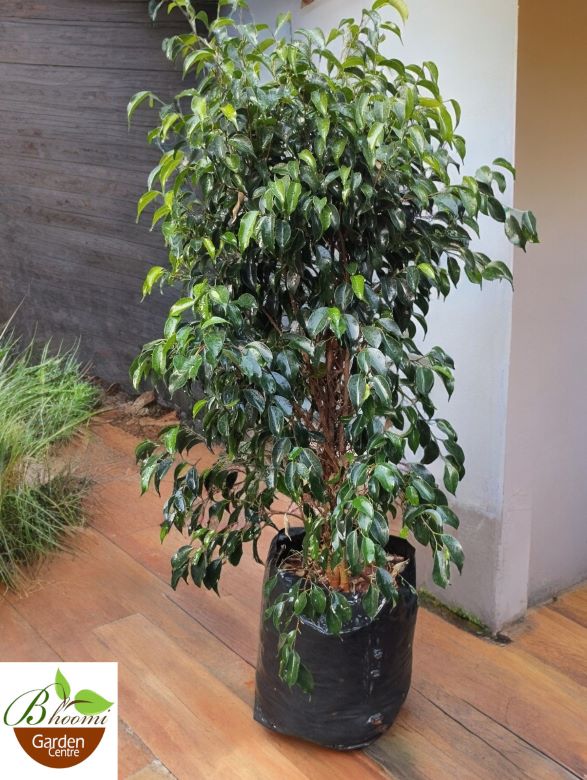
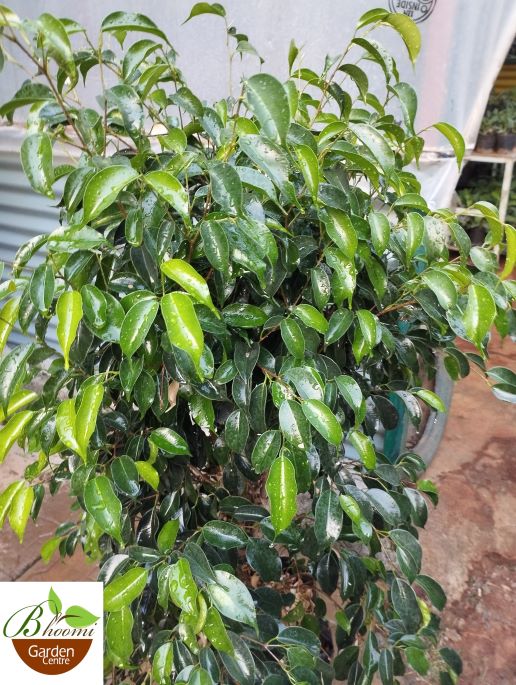
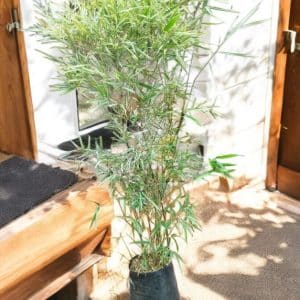
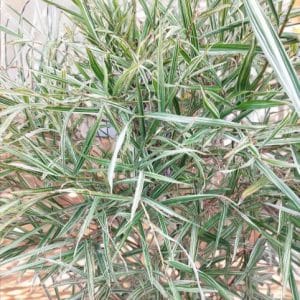


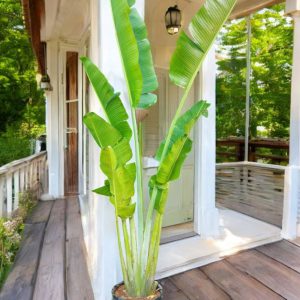


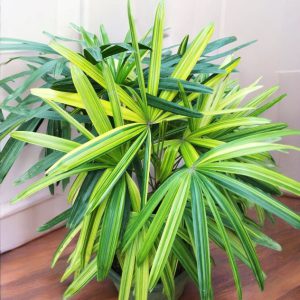
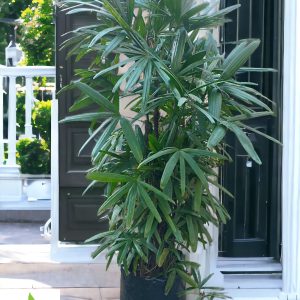
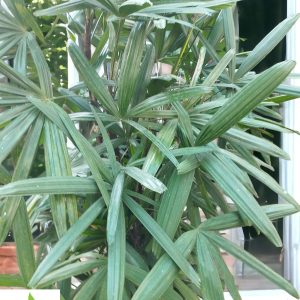

Reviews
There are no reviews yet.